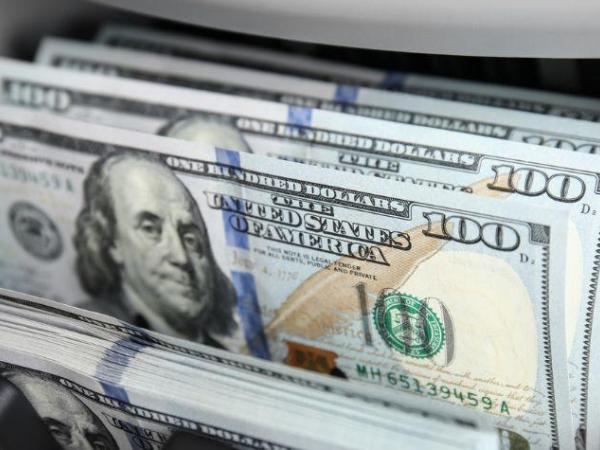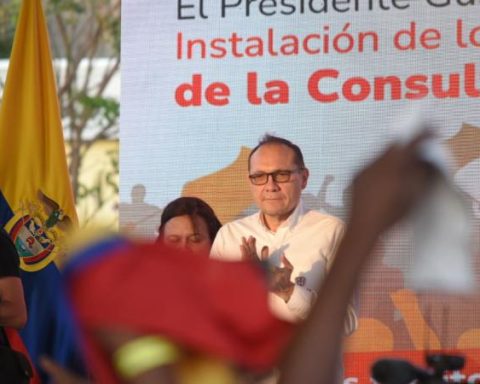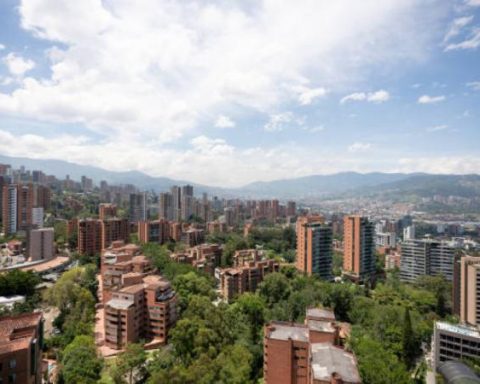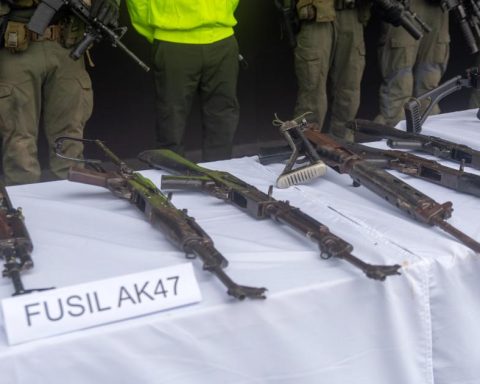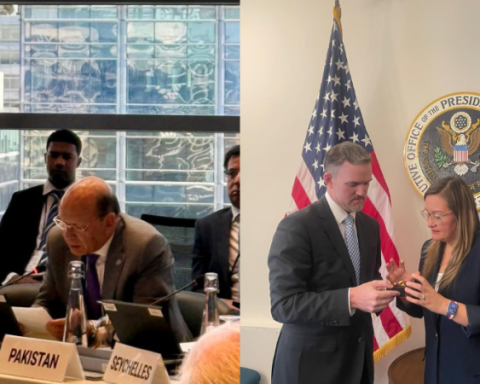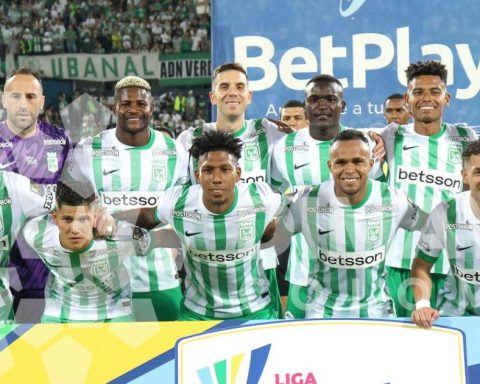
Last Friday, two days after the increase in interest rates by the Federal Reserve (Fed), the US central bank, there was a fall in the dollar against various currencies, but In Colombia, the currency continued to set record levels against the peso, standing at $5,061.21.
(See: The peso, but Mexican, the third most appreciated currency against the dollar).
That fact, according to analysts, showed that despite the fact that this factor has been important in explaining the strong depreciation (devaluation) of the peso against the dollar and that so far this year it is 27%, would no longer be the main.
Analysts and a former Minister of Finance consulted assure that on Friday it was already evident that the internal factor could be weighing more when explaining a rise of more than $700 in the currency in just three months and more than $1,080 this year.
In addition, according to the figures, the Colombian peso, which until mid-June had been correlated with the Brazilian real, the Peruvian sol, the Mexican peso and the Chilean peso, From that moment on, it began to lose affinity and set prices much higher.
(See: Inflation: the products that became more expensive due to the rise in the dollar).
Camilo Pérez, director of Economic Research at Banco de Bogotá, assures that “The common factor in the movement of currencies in the world is the Fed, but it is already very evident to everyone that the exchange rate is moving due to local factors. It is seen that there is a loss of credibility of the Government and that generates uncertainty”.
It indicates that the markets are not reassured by announcements of the Minister of Finance, José Antonio Ocampo, like a few weeks ago, but on the contrary, people are still very nervous about the oil exploration policy in which there is not much clarity and they warn that “the ceiling of the dollar is not in sight and volatility will continue to widen as long as the political uncertainty is not resolved”.
Felipe Campos, Manager of Investment and Strategy Alianza Valores y Fiduciaria, refers in similar terms, as he says that “It is very difficult to argue the issue of the Fed’s rise because the world’s currencies in October were almost still, that is to say that they have not lost much value and it is precisely where we see the increase of more than $700 of the dollar”.
(See: Dollar to five thousand: how could entrepreneurs protect themselves?).
He acknowledges that before the Fed’s decision there was a dollar strengthening, but neither currency changed values in a strong way and “therefore, it would be expected that the Fed would not have as much impact in Colombia. So Friday was a day of very strong currencies in the world and Colombia again loses the argument that it is because of the Fed and, when looking for something else, the internal issue arises with the messages from the minister and the president” and ensures that the level at which the dollar should be is between $4,400 and $4,500.
The former Minister of Finance, Juan Camilo Restrepo, indicates in turn that the international situation continues to influence, with high inflation and central banks raising rates and that raises yields, attractive to investors, which partly explains the demand for dollars.
But he adds that “there is distrust of the markets with Colombia and at this moment, more than reassuring words, what is required are reassuring policies”.
From $4,000 to $5,000 has been the fastest jump
On November 10, 1995, the dollar in Colombia reached $1,000. The figure became a milestone in the country that was going through a difficult time after the assassination, eight days earlier, of the former constituent and former presidential candidate Alvaro Gomez Hurtado.
(See: Dollar: Is Colombia the country where the currency is rising the most?).
On April 19, 2000, the dollar touched $2,000. At that time there was a demilitarized zone in which the Government was trying to carry out a peace negotiation with the FARC guerrillas, but that day there was an ambush (of the several that occurred in those days) in which they assassinated 10 policemen.
On August 19, 2015, the currency reached $3,000. The moment was sensitive because the president of Venezuela, Nicolás Maduro, ordered the border to be closed. On March 13, 2020, at the beginning of the pandemic, the dollar reached $4,000. Fears about the closure of the world economy generated strong volatility in the markets.
On November 3, the dollar officially exceeded $5,000.
BRIEFCASE
